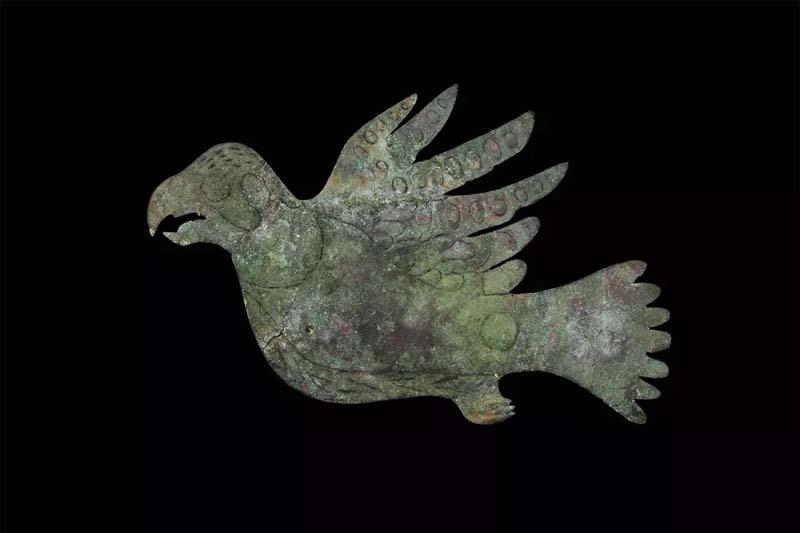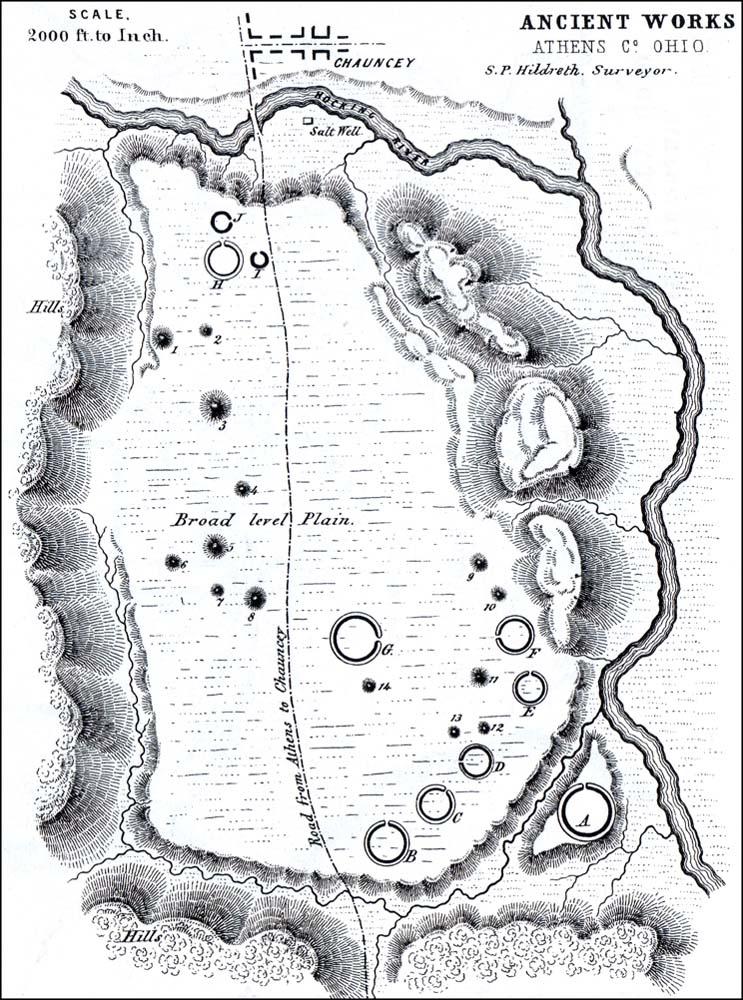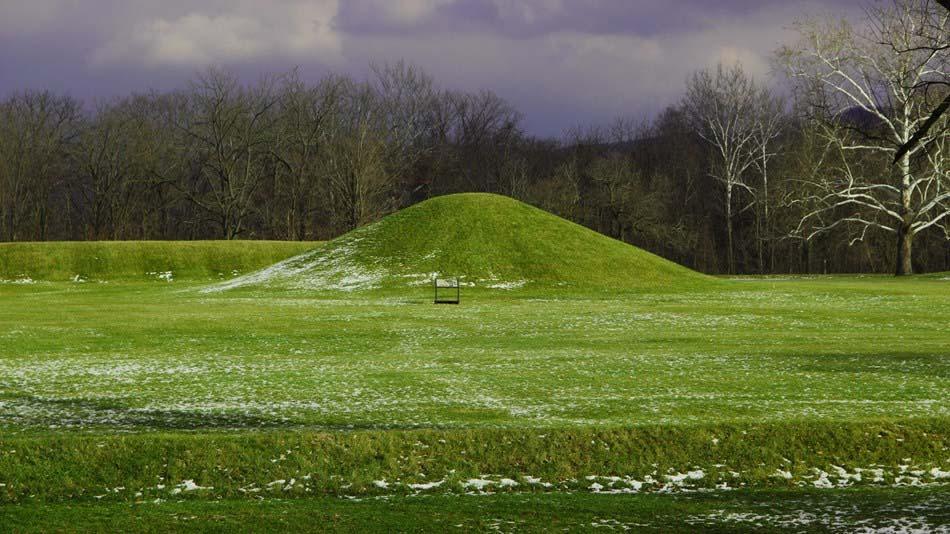

The Earliest Evidence from Archaeology
Archaeological evidence in the form of stonework and ax fragments suggests that the first humans to move into the Hocking Valley region arrived between 8000 to 1500 B.C., likely hunting elk, deer, and bear and gathering various nuts, berries, roots, and seeds. During the Adena and Hopewell eras, Native Americans established a more settled presence, leaving fragments of pottery and burial mounds, the most well known of which locally are The Plains earthworks, believed to have been constructed between 300 B.C. and 200 A.D. These earthworks, like those in Newark, Chillicothe, and Marietta, as well as the Serpent Mound, evidence complex societies constructed by the later Fort Ancient period. They were places in which people gathered, exchanged goods and ideas, studied celestial movements, and honored their dead.

Early Settlers Discovered the Past
Early U.S. settlers into Eastern and Southern Ohio were fascinated with these structures, the creation of which required considerable ingenuity and effort. Their and subsequent generations' curiosity, however, has not always translated into respect for those who built them. Instead of treating them as sacred places where ancestors were laid to rest and honored, in the 19th century amateur archaeologists dug up skeletal remains and pilfered objects, turning profits off of “objects of curiosity.” In the 20th century, mounds were routinely leveled to create parking lots and even golf courses, actions disrespectful to the Native American descendants of these peoples. Greater awareness of this historical and cultural denigration has raised challenging questions for responsible museums and historical societies trying to figure out how and where to repatriate and re-inter the remains of Native American peoples.

In Our Time
Ohio possesses some of the best preserved earthworks from the Hopewell culture. In Spring 2022, after decades of work coordinated by the Ohio History Connection, the United States nominated the Hopewell Mounds for consideration as a UNESCO World Heritage Site. If accepted, the mounds and the peoples who erected them would gain international recognition as “outstanding examples of human interaction with the environment” and examples of the cultural impact of early Native American peoples.

